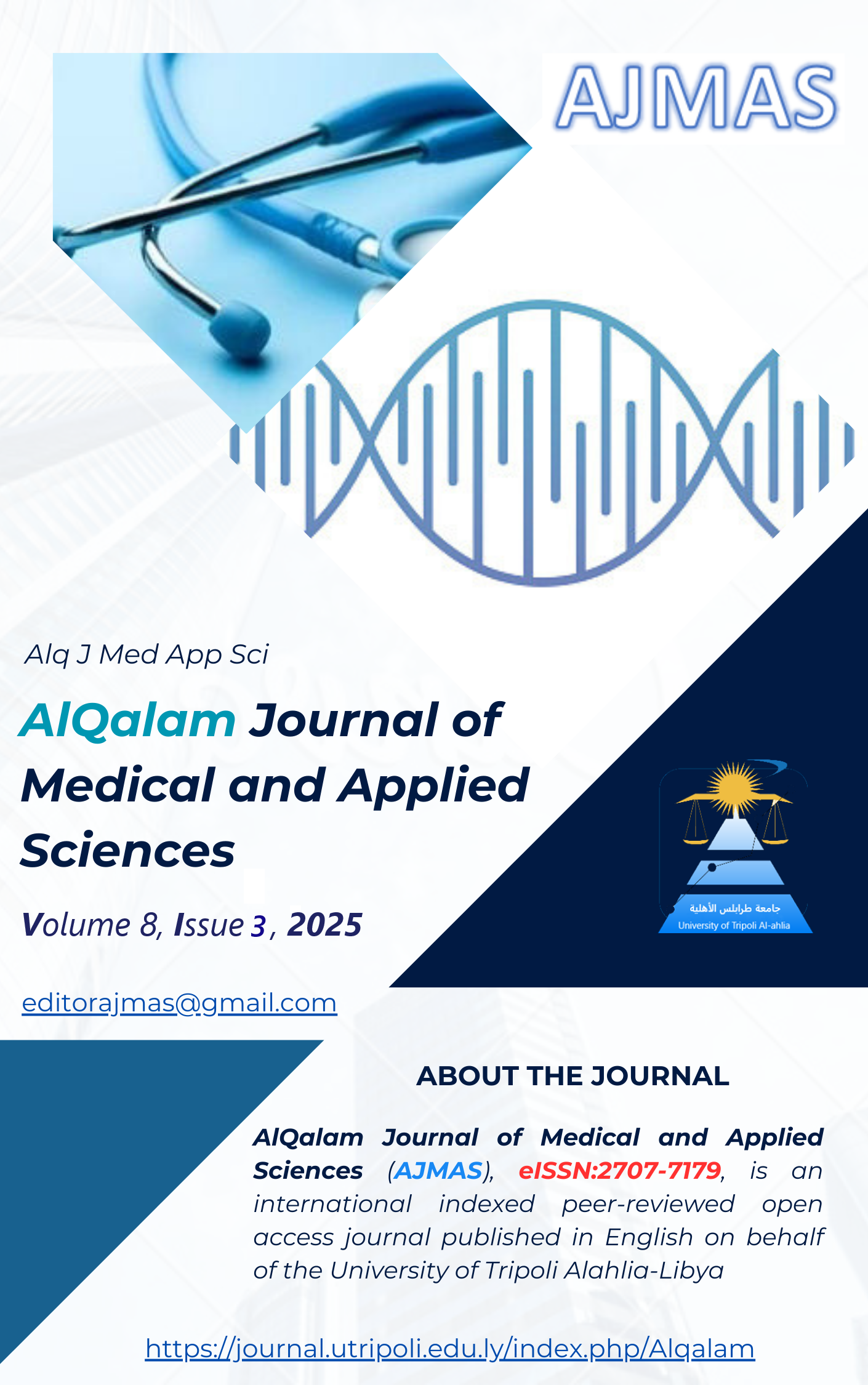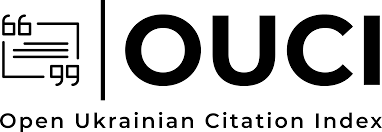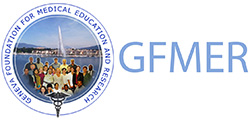Prevalence, Risk Factors, and Psychological Impact of Amputations and Charcot Foot in Diabetic Patients: A Libyan Cross-Sectional Study
DOI:
https://doi.org/10.54361/ajmas.258371Keywords:
Lower Extremity Amputation, Charcot Neuroarthropathy, Diabetic Foot Disease, Psychosocial Impact, LibyaAbstract
Diabetic foot complications impose a severe burden in resource-limited settings, yet comprehensive data from Libya remains scarce. This study assessed the prevalence of lower extremity amputations (LEA) and Charcot neuroarthropathy (CN), their risk factors, and psychological impact among diabetic patients in Tripoli, Libya. A cross-sectional study was conducted across five major healthcare facilities (October 2024–April 2025). A convenience sample of 149 adults with diabetes completed a structured 26-item questionnaire capturing demographics, clinical profiles, foot care practices, comorbidities, and psychosocial effects. Data were analyzed using descriptive statistics, Chi-square tests using SPSS version 26. The prevalence of LEA was 52% (n=78), with significant male predominance (55% vs. 45%, p<0.05). CN was identified in 19% (n=28). Hypertension (41%) was the leading comorbidity and significantly associated with amputation (p<0.05). Foot ulcers/infections were the primary amputation etiology (44%, p<0.001), predominantly requiring transmetatarsal procedures (37%). Key modifiable risk factors included inadequate foot hygiene (irregular inter-toe drying: χ²=38.645, p<0.001), non-therapeutic footwear (χ²=65.801, p<0.001), prolonged standing (49%, p<0.05), and smoking (χ²=21.955, p<0.001). Amputation caused severe psychosocial disruption: 64% reported impaired social life and 68% professional limitations (p<0.001). LEA and CN represent critical public health challenges in Libya, driven by modifiable behaviors and occupational exposures. The profound psychosocial burden underscores the urgent need for culturally adapted foot protection programs integrating education, therapeutic footwear, occupational adjustments, and psychological support.
Downloads
Published
How to Cite
Issue
Section
License
Copyright (c) 2025 Aisha Elansari, Abulgasem Dakhil, Wasim Khalifa, Nadra Elalem, Fardous Altaweel, Abdulhakim Alfirjani, Alaa Alshawish, Zuhour Maruwan, Hadeel Alqamati

This work is licensed under a Creative Commons Attribution 4.0 International License.















